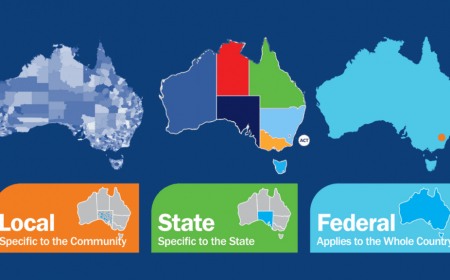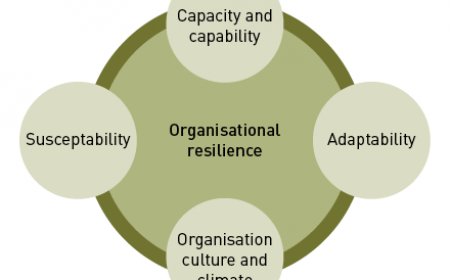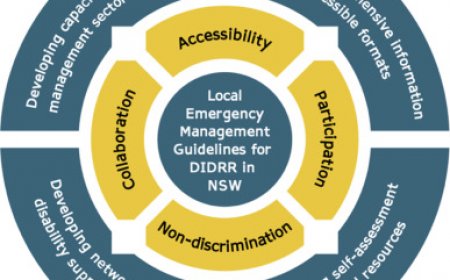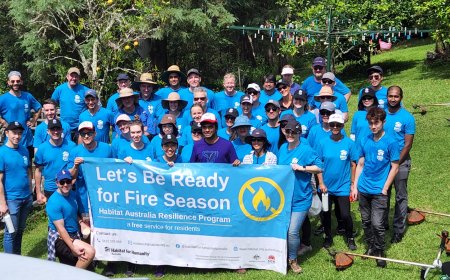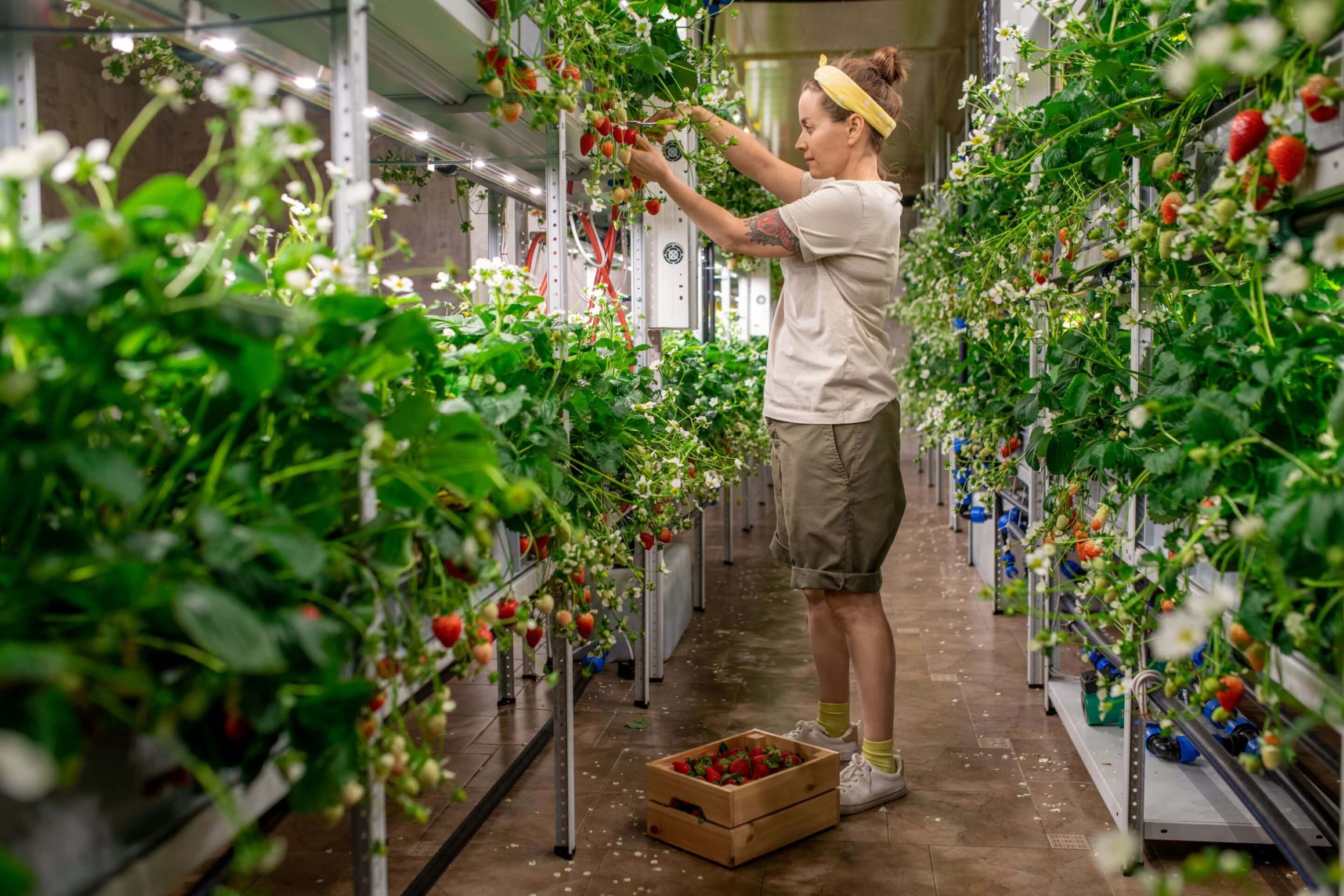India: Digital Transformation Empowering Rural Communities
Discover how India's digital transformation is empowering rural communities through connectivity, education, healthcare, agriculture, and financial inclusion. Explore initiatives, challenges, and future opportunities shaping this transformative journey.
In the rapidly evolving landscape of the 21st century, digital transformation has emerged as a pivotal force reshaping societies across the globe. Nowhere is this more evident than in India, where technology is bridging gaps and fostering empowerment in rural communities . From enhancing access to education and healthcare to revolutionizing agriculture and financial inclusion, the impact of digital innovation is transforming lives at an unprecedented scale. This article delves into the multifaceted ways in which India’s digital transformation is uplifting its rural population, offering a comprehensive analysis of the initiatives, challenges, and opportunities that define this remarkable journey.
The Role of Digital Infrastructure in Rural Development
Building Connectivity: The Backbone of Progress
For any meaningful digital transformation , robust infrastructure is indispensable. In India, the government and private sector have collaborated extensively to expand internet connectivity to remote areas. Programs like BharatNet aim to provide high-speed broadband to over 250,000 gram panchayats (village councils), ensuring that even the most isolated regions are digitally connected. This initiative has laid the foundation for numerous socio-economic advancements, enabling rural citizens to access essential services online.
BharatNet: A Milestone in Connectivity
Launched under the Digital India campaign, BharatNet seeks to bridge the urban-rural digital divide by laying optical fiber cables across the country. Phase I focused on connecting all gram panchayats, while Phase II expanded coverage to include Wi-Fi hotspots and last-mile connectivity. By December 2023, nearly 80% of gram panchayats had been connected, marking a significant leap forward in rural internet penetration.
However, challenges persist. Many villages still face issues such as slow speeds, frequent outages, and lack of awareness about available resources. To address these concerns, ongoing efforts include upgrading existing infrastructure, promoting affordable data plans, and conducting awareness drives to educate villagers about the benefits of staying connected.
Mobile Penetration: A Game Changer
India boasts one of the largest mobile user bases globally, with smartphones becoming increasingly affordable. This surge in mobile penetration has empowered rural residents to access information, engage in e-commerce, and utilize government services through apps like UMANG (Unified Mobile Application for New-age Governance). By simplifying complex processes, these platforms have made governance more inclusive and accessible.
Affordable Devices and Data Plans
Smartphone manufacturers like Xiaomi, Samsung, and Micromax have introduced budget-friendly devices tailored to rural consumers. Coupled with affordable data plans offered by telecom giants like Jio, Airtel, and Vi, these innovations have democratized access to the internet. As a result, millions of rural Indians now use their phones not just for communication but also for banking, shopping, and learning.
Tip: To maximize the benefits of mobile technology, stakeholders must focus on improving digital literacy among rural populations. Training programs tailored to local needs can significantly enhance adoption rates.
Education Revolutionized Through Technology
Bridging the Urban-Rural Divide
Access to quality education has long been a challenge in rural India. However, digital classrooms and e-learning platforms are now addressing this disparity. Initiatives such as DIKSHA (Digital Infrastructure for Knowledge Sharing) offer interactive content aligned with school curricula, enabling students in remote areas to learn from expert educators without leaving their villages.
DIKSHA: Transforming Learning Experiences
DIKSHA serves as a centralized repository of educational materials, including videos, quizzes, and lesson plans. Teachers can download resources offline, making them accessible even in areas with intermittent connectivity. Additionally, the platform supports multiple languages, catering to India's linguistic diversity. Since its launch, DIKSHA has reached over 50 million users, demonstrating its widespread acceptance and utility.
Virtual Classrooms: A Lifeline During Crises
The COVID-19 pandemic underscored the importance of digital tools in education. Platforms like BYJU'S and Unacademy provided free or subsidized access to learning materials, ensuring continuity during lockdowns. While urban areas adapted quickly, efforts were intensified to equip rural schools with devices and internet connections, minimizing disruptions.
Case Study: BYJU'S Free Access Program
During the pandemic, BYJU'S partnered with state governments to distribute tablets preloaded with study material to rural students. This initiative helped thousands continue their education despite school closures. Moreover, the company trained teachers to conduct virtual classes, further enhancing the effectiveness of remote learning.
Comparison Table: Traditional vs. Digital Education
Healthcare Access Transformed by Telemedicine
Breaking Barriers to Medical Services
Rural India often faces acute shortages of medical professionals and facilities. Telemedicine has emerged as a lifeline, connecting patients with doctors via video consultations. Platforms like Practo and Apollo TeleHealth enable timely diagnosis and treatment, reducing the need for travel to distant hospitals.
Practo: Simplifying Healthcare Delivery
Practo's teleconsultation service allows patients to book appointments, consult specialists, and receive prescriptions online. For rural residents who previously traveled hours to see a doctor, this convenience is transformative. Furthermore, Practo integrates with diagnostic labs, enabling users to schedule tests and view results digitally.
AI-Powered Diagnostics
Artificial intelligence is playing a crucial role in enhancing healthcare outcomes. For instance, AI-driven diagnostic tools analyze symptoms and recommend treatments, empowering frontline health workers in rural clinics. These innovations not only improve accuracy but also reduce costs, making healthcare more sustainable.
Example: Niramai Health Analytix
Niramai uses thermal imaging and machine learning algorithms to detect breast cancer early. Its portable device is particularly useful in rural settings, where mammography machines are scarce. By identifying cases at an early stage, Niramai saves lives and reduces the burden on tertiary care centers.
Review Verdict: Telemedicine has proven effective in addressing immediate healthcare needs; however, sustained investment in training rural practitioners is essential for long-term success.
Agriculture Reinvented Through Digital Solutions
Precision Farming: Maximizing Yields
Indian agriculture, predominantly practiced in rural areas, is undergoing a paradigm shift thanks to digital technologies . Farmers now use apps like Kisan Suvidha and CropIn to receive real-time weather updates, market prices, and advisory services. Precision farming techniques, enabled by IoT sensors and drones, help optimize resource usage while boosting productivity.
CropIn: Revolutionizing Farm Management
CropIn offers a suite of tools designed to streamline farm operations. Farmers can track crop growth stages, monitor soil health, and predict yields using satellite imagery and AI analytics. Additionally, the platform connects farmers with buyers, eliminating intermediaries and ensuring fair compensation.
E-Marketplaces: Empowering Farmers Economically
Traditional agricultural markets often exploit farmers due to lack of transparency. Online platforms like e-NAM (National Agriculture Market) allow farmers to sell produce directly to buyers across states, eliminating middlemen and ensuring fair pricing. This democratization of trade has significantly improved rural incomes.
Success Story: Farmer Cooperatives Using e-NAM
In Maharashtra, farmer cooperatives leveraged e-NAM to export onions to international markets. By bypassing traditional mandis (wholesale markets), they secured higher profits and gained valuable exposure to global trading practices.
Financial Inclusion Through Digital Banking
Expanding Reach Beyond Brick-and-Mortar Banks
Historically, banking services were inaccessible to many rural Indians. The advent of digital banking has changed this narrative. Initiatives like Jan Dhan Yojana combined with Aadhaar-enabled payment systems have brought millions into the formal financial ecosystem. Mobile wallets and UPI (Unified Payments Interface) further simplify transactions, promoting cashless economies.
Jan Dhan Yojana: Bridging the Financial Gap
Launched in 2014, Jan Dhan Yojana aimed to open bank accounts for every household in India. As of 2023, over 460 million accounts have been opened, with a significant portion belonging to rural households. Account holders receive debit cards, insurance coverage, and overdraft facilities, empowering them financially.
Microfinance and Entrepreneurship
Digital tools are also fostering entrepreneurship in rural areas. Platforms like Mudra Loan Scheme provide microloans to small businesses, encouraging self-reliance. Women entrepreneurs, in particular, have benefited immensely, leveraging digital resources to grow their ventures.
Spotlight: Women-Led Startups
Organizations like Mann Deshi Foundation mentor women entrepreneurs in rural Maharashtra. Through digital workshops and funding support, these women launch businesses ranging from handicrafts to organic farming, contributing to local economies.
Challenges Hindering Full Adoption
Digital Literacy Gaps
Despite significant progress, low levels of digital literacy remain a barrier. Many rural residents struggle to navigate apps or understand cybersecurity risks. Addressing this requires targeted educational campaigns and localized content.
Government Initiatives for Digital Literacy
Programs like PMGDISHA (Pradhan Mantri Gramin Digital Saksharta Abhiyan) aim to train six crore rural citizens in basic digital skills. Workshops cover topics such as email usage, social media navigation, and safe browsing practices, equipping participants to harness technology confidently.
Infrastructure Deficiencies
While connectivity has improved, last-mile delivery remains inconsistent. Frequent power outages and poor network reliability hinder seamless digital experiences. Strengthening infrastructure should remain a priority.
Renewable Energy Solutions
Solar-powered internet hubs and battery-operated routers are being deployed in off-grid areas to ensure uninterrupted connectivity. These solutions not only address energy deficits but also promote environmental sustainability.
Opportunities for Future Growth
Leveraging Emerging Technologies
Technologies like blockchain, 5G, and augmented reality hold immense potential for rural development. Blockchain can ensure transparency in supply chains, while 5G will enable faster data transfer, supporting advanced applications like remote surgeries.
Blockchain in Agriculture
Blockchain-based platforms record every transaction along the agricultural value chain, ensuring traceability and accountability. This builds trust among stakeholders and enhances market efficiency.
Public-Private Partnerships
Collaborations between governments, NGOs, and tech companies can amplify impact. Joint ventures focusing on skill development, affordable devices, and localized solutions will accelerate adoption.
Example: Microsoft's Project Sangam
Microsoft partnered with the Indian government to launch Project Sangam, an AI-driven platform that provides vocational training to rural youth. Participants acquire skills in IT, hospitality, and retail, increasing employability and income prospects.
Conclusion
India's journey toward digital transformation in rural communities exemplifies how technology can be a catalyst for social change. By addressing existing challenges and capitalizing on emerging opportunities, the nation is poised to create a truly inclusive digital economy. As we continue to innovate and collaborate, the dream of an empowered rural India becomes increasingly attainable.
Frequently Asked Questions (FAQs)
-
What is BharatNet?
BharatNet is a government initiative to provide high-speed broadband connectivity to all gram panchayats in India. -
How does telemedicine benefit rural areas?
It connects patients with doctors remotely, reducing travel time and costs while improving access to specialized care. -
Which apps support Indian farmers digitally?
Popular apps include Kisan Suvidha, CropIn, and e-NAM. -
What is UPI?
Unified Payments Interface (UPI) allows instant money transfers between bank accounts using mobile devices. -
Why is digital literacy important?
It ensures individuals can effectively use digital tools, maximizing their benefits. -
How has DIKSHA impacted education?
It provides standardized yet flexible e-learning content, benefiting both teachers and students. -
What role does AI play in healthcare?
AI aids diagnostics, predicts disease outbreaks, and enhances patient care efficiency. -
Are there gender-specific impacts of digital transformation?
Yes, women entrepreneurs especially benefit from financial inclusion and skill-building programs. -
What are the main barriers to rural digital adoption?
Key barriers include lack of awareness, affordability issues, and infrastructural limitations. -
How can public-private partnerships help?
They pool resources and expertise, driving scalable and sustainable solutions.
What's Your Reaction?
 Like
0
Like
0
 Dislike
0
Dislike
0
 Love
0
Love
0
 Funny
0
Funny
0
 Angry
0
Angry
0
 Sad
0
Sad
0
 Wow
0
Wow
0



